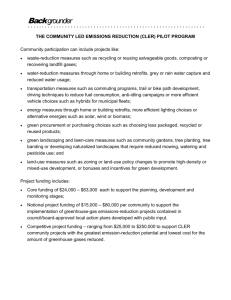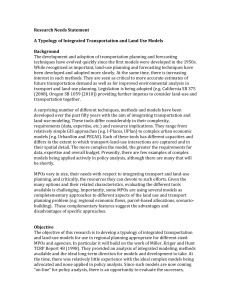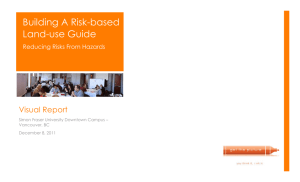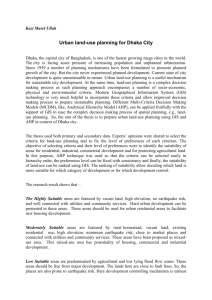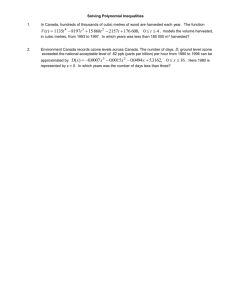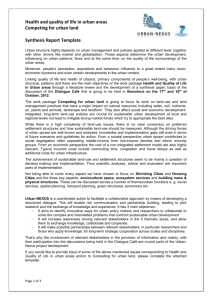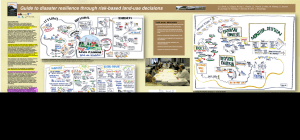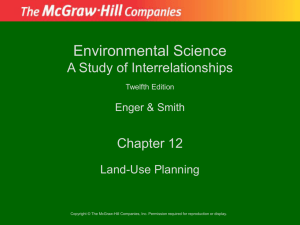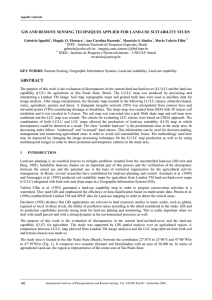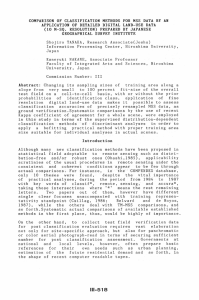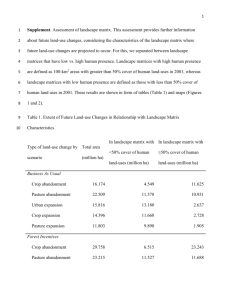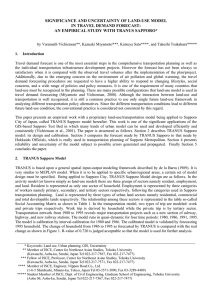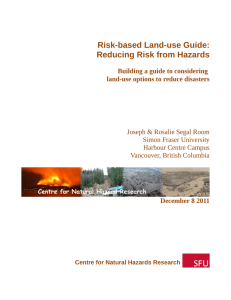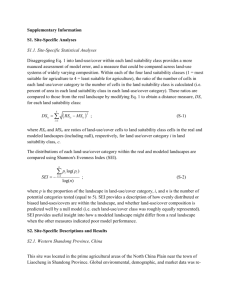Effects of Future Climate Change and Land
advertisement
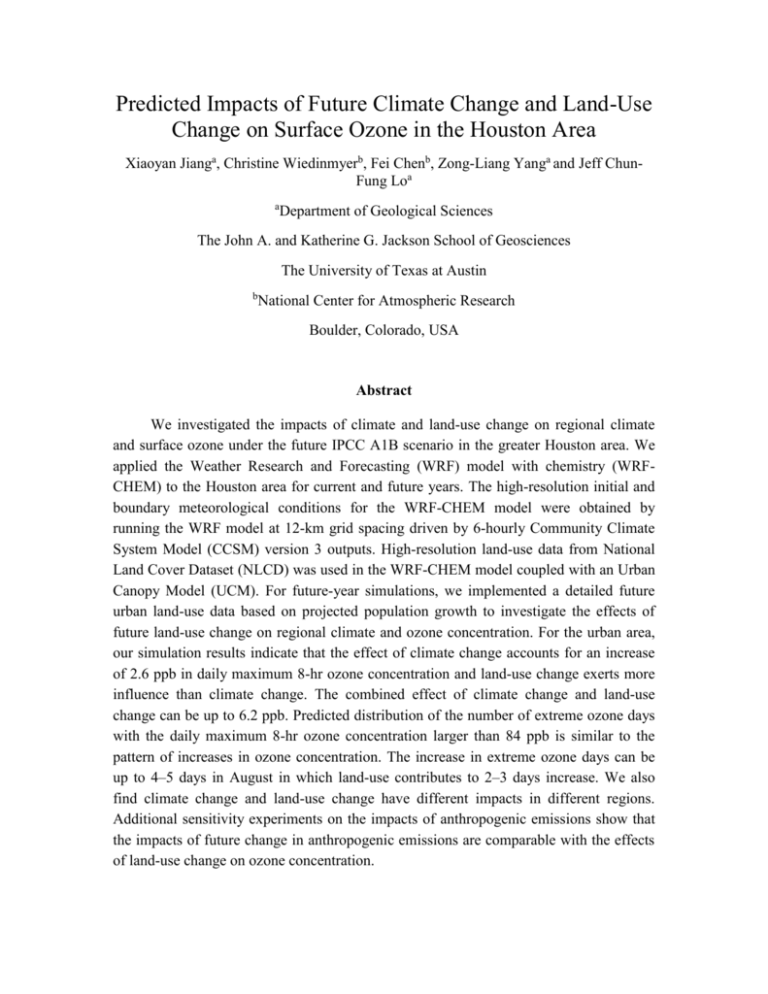
Predicted Impacts of Future Climate Change and Land-Use Change on Surface Ozone in the Houston Area Xiaoyan Jianga, Christine Wiedinmyerb, Fei Chenb, Zong-Liang Yanga and Jeff ChunFung Loa a Department of Geological Sciences The John A. and Katherine G. Jackson School of Geosciences The University of Texas at Austin b National Center for Atmospheric Research Boulder, Colorado, USA Abstract We investigated the impacts of climate and land-use change on regional climate and surface ozone under the future IPCC A1B scenario in the greater Houston area. We applied the Weather Research and Forecasting (WRF) model with chemistry (WRFCHEM) to the Houston area for current and future years. The high-resolution initial and boundary meteorological conditions for the WRF-CHEM model were obtained by running the WRF model at 12-km grid spacing driven by 6-hourly Community Climate System Model (CCSM) version 3 outputs. High-resolution land-use data from National Land Cover Dataset (NLCD) was used in the WRF-CHEM model coupled with an Urban Canopy Model (UCM). For future-year simulations, we implemented a detailed future urban land-use data based on projected population growth to investigate the effects of future land-use change on regional climate and ozone concentration. For the urban area, our simulation results indicate that the effect of climate change accounts for an increase of 2.6 ppb in daily maximum 8-hr ozone concentration and land-use change exerts more influence than climate change. The combined effect of climate change and land-use change can be up to 6.2 ppb. Predicted distribution of the number of extreme ozone days with the daily maximum 8-hr ozone concentration larger than 84 ppb is similar to the pattern of increases in ozone concentration. The increase in extreme ozone days can be up to 4–5 days in August in which land-use contributes to 2–3 days increase. We also find climate change and land-use change have different impacts in different regions. Additional sensitivity experiments on the impacts of anthropogenic emissions show that the impacts of future change in anthropogenic emissions are comparable with the effects of land-use change on ozone concentration.

